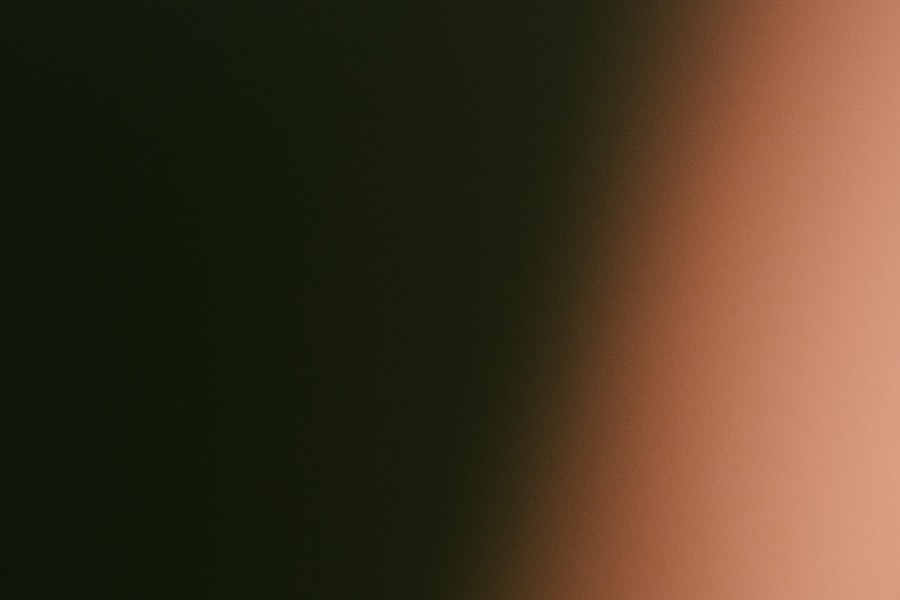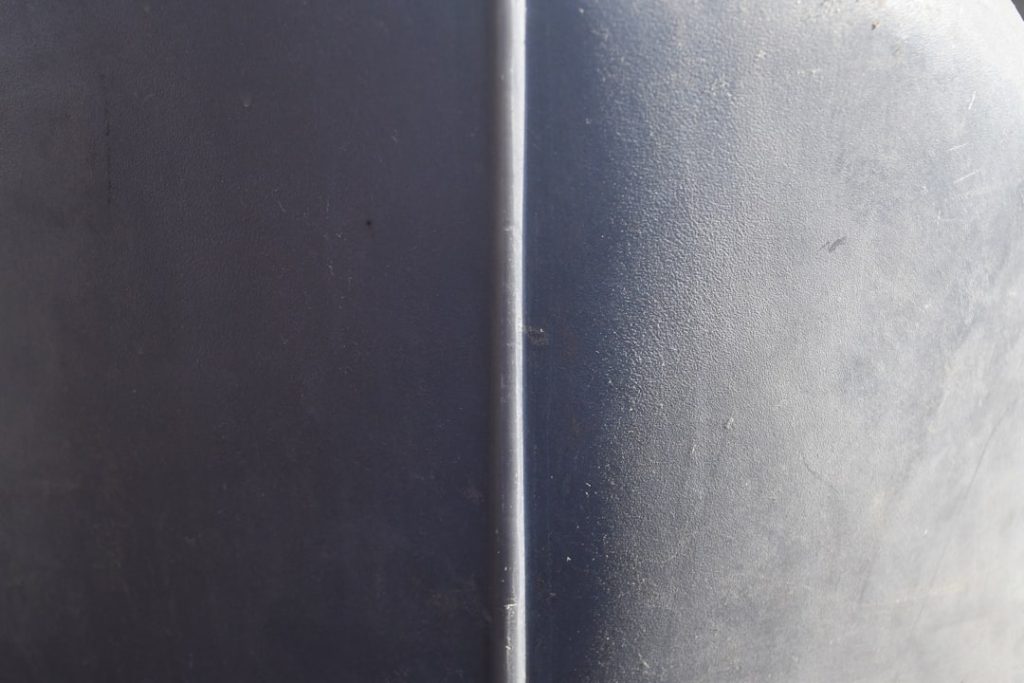Custom cabinet faces are an integral component of kitchen and bathroom cabinetry, serving as the visible front of cabinets that can dramatically influence the overall aesthetic of a space. Unlike standard cabinet doors, which are mass-produced and often lack unique character, custom cabinet faces are tailored to meet specific design preferences and functional needs. This customization allows homeowners to select not only the style and finish but also the dimensions and hardware that best suit their individual tastes and the architectural style of their home.
The process of creating custom cabinet faces begins with a thorough understanding of the homeowner’s vision. This may involve consultations with designers or craftsmen who can translate ideas into tangible designs. The beauty of custom cabinet faces lies in their ability to reflect personal style, whether it be modern, traditional, rustic, or eclectic.
Homeowners can choose from a variety of door styles, such as shaker, raised panel, or flat panel, and can even incorporate unique features like glass inserts or intricate carvings. This level of personalization ensures that the cabinetry not only serves its functional purpose but also enhances the overall ambiance of the room.
Key Takeaways
- Custom cabinet faces enhance kitchen aesthetics and functionality by allowing personalized design choices.
- Upgrading to custom cabinet faces offers improved durability, style, and increased home value.
- Selecting the right materials is crucial for matching your kitchen’s look and ensuring longevity.
- Various design options, including finishes and styles, enable tailored customization to fit your taste.
- Collaborating with professionals ensures proper installation, maintenance advice, and budget management.
Benefits of Upgrading to Custom Cabinet Faces
Upgrading to custom cabinet faces offers numerous advantages that extend beyond mere aesthetics. One of the most significant benefits is the enhanced quality and durability that comes with custom craftsmanship. Unlike factory-made options, which may use lower-quality materials and construction methods, custom cabinet faces are often built from premium woods and finishes that can withstand the rigors of daily use.
This investment in quality translates to longer-lasting cabinetry that can endure wear and tear over time. Another compelling reason to consider custom cabinet faces is the opportunity for improved functionality. Custom designs can be tailored to fit specific storage needs, allowing for innovative solutions such as pull-out shelves, built-in dividers, or specialized compartments for kitchen gadgets.
This level of customization not only maximizes storage space but also enhances the overall efficiency of the kitchen or bathroom. Homeowners can create a layout that works best for their lifestyle, making daily tasks more convenient and enjoyable.
Choosing the Right Materials for Custom Cabinet Faces

Selecting the appropriate materials for custom cabinet faces is a critical step in achieving both aesthetic appeal and functional durability. The choice of material can significantly impact the overall look and feel of the cabinetry, as well as its longevity. Common materials used in custom cabinet faces include solid wood, plywood, MDF (medium-density fiberboard), and various laminates.
Each material has its own set of characteristics that can influence the final product. Solid wood is often favored for its natural beauty and strength. Species such as oak, maple, cherry, and walnut offer distinct grain patterns and colors that can enhance the visual appeal of cabinetry.
However, solid wood can be susceptible to warping and expansion due to humidity changes, so proper sealing and maintenance are essential. Plywood is another popular choice due to its stability and resistance to warping, making it an excellent option for areas with fluctuating moisture levels. MDF is a cost-effective alternative that provides a smooth surface for painting but may not be as durable as solid wood or plywood.
Homeowners should carefully consider their budget, desired aesthetics, and maintenance requirements when selecting materials for their custom cabinet faces.
Design Options for Custom Cabinet Faces
| Design Option | Material | Style | Durability | Maintenance | Customization Level | Typical Use |
|---|---|---|---|---|---|---|
| Shaker | Solid Wood / MDF | Simple, Clean Lines | High | Low | Medium | Modern, Transitional |
| Raised Panel | Solid Wood | Traditional, Ornate | High | Medium | High | Classic, Formal Kitchens |
| Flat Panel (Slab) | Wood Veneer, MDF, Laminate | Contemporary, Minimalist | Medium | Low | Low | Modern, Sleek Designs |
| Glass Inserts | Wood Frame with Glass | Decorative, Open Feel | Medium | Medium | High | Display Cabinets |
| Beadboard | Wood / MDF | Country, Cottage | Medium | Medium | Medium | Casual, Rustic Kitchens |
| Thermofoil | MDF with Vinyl Coating | Smooth, Uniform | Medium | Low | Low | Budget-Friendly, Modern |
| Distressed | Solid Wood | Vintage, Rustic | Medium | High | High | Shabby Chic, Farmhouse |
The design possibilities for custom cabinet faces are virtually limitless, allowing homeowners to create a truly unique look that reflects their personal style. One popular trend is the use of mixed materials, where different textures and finishes are combined to create visual interest. For instance, pairing sleek, high-gloss cabinet faces with rustic wood accents can create a striking contrast that adds depth to the design.
Color selection is another crucial aspect of designing custom cabinet faces. While traditional white or natural wood finishes remain popular, bold colors such as navy blue, deep green, or even vibrant red are gaining traction in modern kitchens. Additionally, homeowners can opt for two-tone designs, where upper cabinets are painted one color while lower cabinets are finished in another.
This approach not only adds visual appeal but also allows for greater flexibility in design choices. Hardware selection also plays a significant role in the overall design of custom cabinet faces. From sleek modern handles to ornate vintage knobs, the right hardware can enhance the style of the cabinetry while providing functional ease of use.
Homeowners should consider how hardware complements their chosen design theme and whether it aligns with their practical needs.
Customizing Your Kitchen Layout with Custom Cabinet Faces
Custom cabinet faces offer an excellent opportunity to rethink and optimize kitchen layouts for improved functionality and flow. By working with a designer or cabinet maker, homeowners can create a layout that maximizes space while ensuring that all elements are easily accessible. For example, incorporating corner cabinets with specialized pull-out mechanisms can eliminate wasted space while providing additional storage.
Moreover, custom cabinet faces allow for creative solutions to common kitchen challenges. For instance, if a homeowner frequently uses small appliances like blenders or mixers, they might opt for a dedicated appliance garage with custom doors that blend seamlessly into the cabinetry. This not only keeps countertops clutter-free but also maintains a cohesive look throughout the kitchen.
Another consideration when customizing kitchen layouts is the integration of open shelving alongside traditional cabinet faces. Open shelves can provide easy access to frequently used items while adding an element of visual interest to the space. By strategically placing open shelves above or beside custom cabinet faces, homeowners can create a balanced design that combines both functionality and style.
Working with a Professional to Install Custom Cabinet Faces

While some homeowners may feel confident in their DIY skills, working with a professional for the installation of custom cabinet faces is often advisable due to the complexity involved in achieving a flawless finish. Professional installers bring expertise in measuring, cutting, and fitting materials accurately, ensuring that every piece aligns perfectly within the designated space. This precision is crucial for achieving a polished look that enhances the overall design.
Additionally, professionals are well-versed in local building codes and regulations, which can be particularly important when making significant changes to kitchen layouts or cabinetry structures. They can provide valuable insights into best practices for installation and help avoid common pitfalls that could lead to costly mistakes down the line. Collaboration with a professional also opens up opportunities for creative input and suggestions based on their experience with various design trends and materials.
They can guide homeowners through the selection process, helping them make informed decisions that align with their vision while considering practical aspects such as durability and maintenance.
Maintaining and Caring for Custom Cabinet Faces
Proper maintenance is essential for preserving the beauty and functionality of custom cabinet faces over time. Regular cleaning is one of the most straightforward yet effective ways to keep cabinetry looking its best. Homeowners should use gentle cleaning solutions specifically designed for wood or painted surfaces to avoid damaging finishes.
A soft cloth or microfiber towel is ideal for wiping down surfaces without scratching or leaving lint behind. In addition to routine cleaning, periodic inspections are important to identify any signs of wear or damage early on. Homeowners should check for loose hinges or hardware and address any issues promptly to prevent further deterioration.
For wooden cabinet faces, applying a protective finish or wax every few years can help maintain luster while providing an additional layer of protection against moisture and stains. Humidity control is another critical factor in maintaining custom cabinet faces, particularly those made from solid wood. Installing dehumidifiers in areas prone to excess moisture can help prevent warping or cracking over time.
Homeowners should also be mindful of temperature fluctuations in their kitchens or bathrooms, as extreme changes can affect the integrity of cabinetry materials.
Budgeting for Custom Cabinet Face Upgrades
When considering an upgrade to custom cabinet faces, budgeting is a crucial step that requires careful planning and consideration of various factors. The cost of custom cabinetry can vary widely based on materials chosen, complexity of design, and labor costs associated with installation. Homeowners should begin by establishing a clear budget range that reflects their financial capabilities while allowing for flexibility in design choices.
It’s essential to account for all aspects of the project when budgeting for custom cabinet face upgrades. This includes not only the cost of materials but also any additional expenses related to design consultations, installation labor, hardware selection, and finishing touches such as paint or stain. Homeowners may also want to set aside a contingency fund to cover unexpected costs that may arise during the project.
To maximize value within their budget, homeowners should prioritize their needs versus wants when selecting materials and designs. For instance, investing in high-quality materials for frequently used areas while opting for more cost-effective options in less visible spaces can help balance aesthetics with practicality. Additionally, exploring various suppliers and obtaining multiple quotes from professionals can provide insight into competitive pricing while ensuring that homeowners receive quality craftsmanship within their budget constraints.



